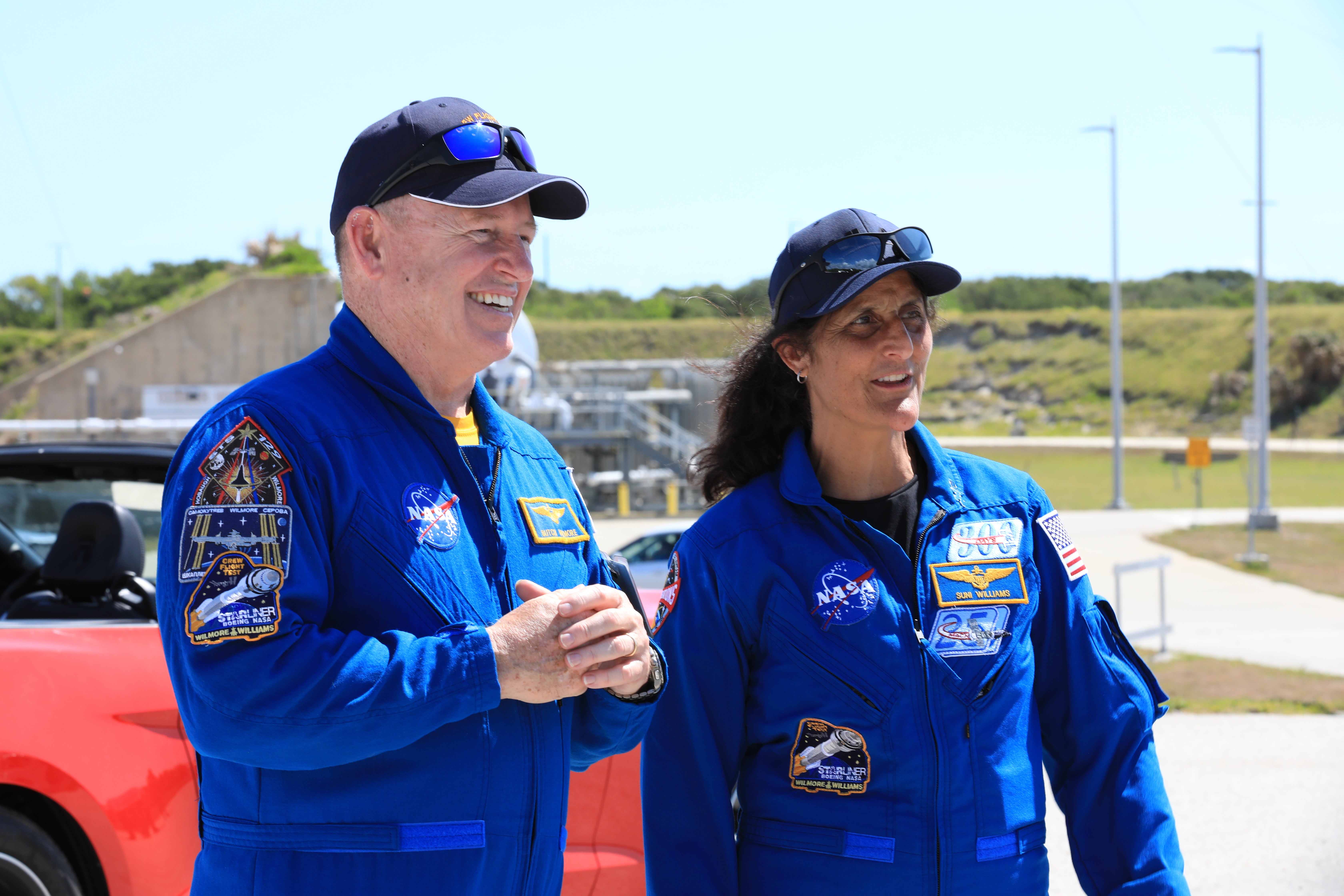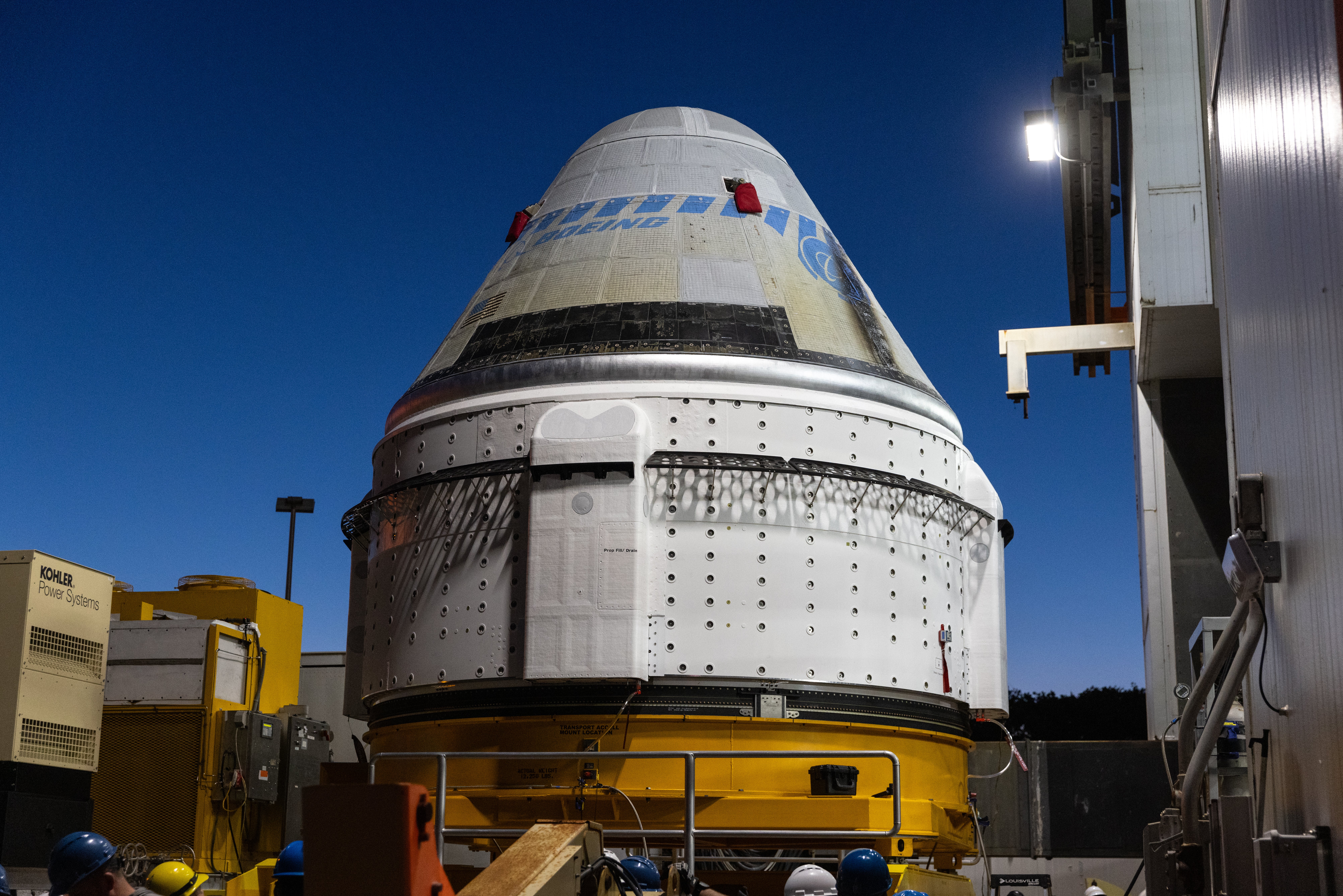Boeing will send astronauts into space after spate of in-flight problems on planes
The Starliner capsule will host two NASA astronauts headed for the International Space Station
Your support helps us to tell the story
This election is still a dead heat, according to most polls. In a fight with such wafer-thin margins, we need reporters on the ground talking to the people Trump and Harris are courting. Your support allows us to keep sending journalists to the story.
The Independent is trusted by 27 million Americans from across the entire political spectrum every month. Unlike many other quality news outlets, we choose not to lock you out of our reporting and analysis with paywalls. But quality journalism must still be paid for.
Help us keep bring these critical stories to light. Your support makes all the difference.
Despite its ongoing challenges with aeroplanes, Boeing is setting its sights further afield Monday night as it launches astronauts into space for the first time.
The historic launch of the company’s “Starliner” capsule will be manned by two NASA pilots and head for the International Space Station at around 10.34pm Eastern time.
Boeing’s capsule is on top of the Atlas V rocket, which will lift off from the Cape Canaveral Space Force Station in Florida.
“We are going to have a whole new adventure. This is very much a part of our exploration of space and what I call the ‘golden age of space exploration,’” NASA Administrator Bill Nelson said at a briefing on Friday.
“It’s a historical day. It’s a wonderful day.”

NASA astronauts Butch Wilmore, commander, and Suni Williams, pilot, are due to reach the ISS on Wednesday and will stay for around a week, the agency said.
If successful, the mission could provide a huge boost for Boeing, which has seen finances plummet in 2024 after a number of high-profile incidents involving its planes, including an emergency door plug falling out of an Alaska Airlines plane, as well as questions from Congress over its manufacturing processes.
Ms Williams, 58, told The Associated Press that she was not worried about that.
“We’re not putting our heads in the sand,” the helicopter pilot from Massachusetts said. “Sure, Boeing has had its problems. But we are the QA (quality assurance). Our eyes are on the spacecraft.”

The Starliner spacecraft has a diameter of 15 feet and can carry up to four astronauts, or a mix of crew and cargo, for NASA missions to low Earth orbit for the agency’s Commercial Crew Program.
It can fly autonomously or be steered manually, NASA said. When the crew returns to Earth, they will make a parachute and airbag-assisted landing in the southwest of the United States.
“We’ve been through training and we have our fingerprints on every single procedure that exists for this spacecraft,” Wilmore, 61, said earlier this month. “We’re fully trained in all aspects of Starliner.”

The pair arrived at the space centre on 25 April and have been quarantined ever since so that they are ready for Monday night’s flight.
“I couldn’t be more proud of this team. We’re at peak performance right now and we are really excited to execute this launch. We’re ready to go,” Mark Nappi, vice president and program manager of the Commercial Crew Program at Boeing, said on Friday.

The hope for Boeing is that this test flight is successful, meaning it can then be certified for NASA’s future Commercial Crew Program.
The journey to Monday’s launch has not been without issues, with software glitches and fuel valve problems causing delays.
A successful, unmanned return trip was made in 2022.

Join our commenting forum
Join thought-provoking conversations, follow other Independent readers and see their replies
Comments